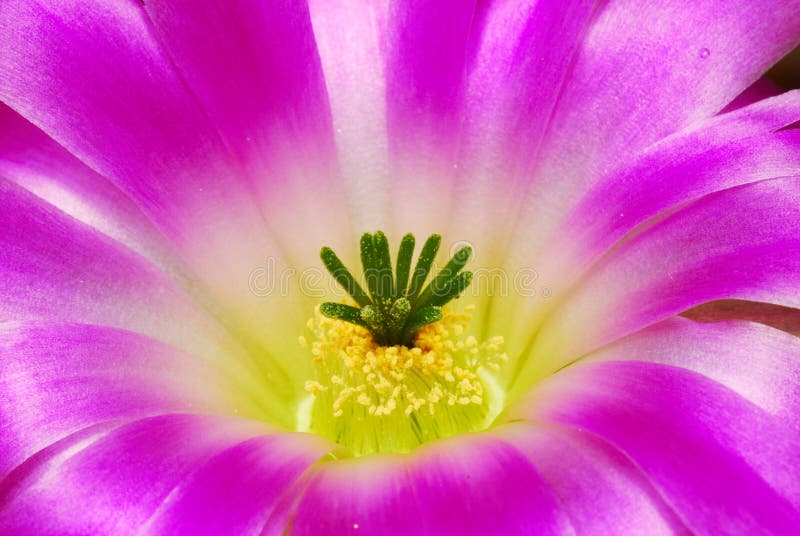
Yellow, orange, white, and burgundy flowers are also common in various types of cactus. Cactus flowers can be various colors from deep pinks to beautiful shades of red. Although short-lived, cactus flowers can be stunning. One of the most striking features of all cactus varieties is their flowers. For example, the Prickly Pear has soft hair-like spines that can easily cause irritation if they lodge in your skin. Other cacti varieties have softer spines to protect the plant.

Some types of cacti have long sharp spikes that can cause pain if they prick your skin. Many types of desert cacti stems also have ribs that allow the plant to expand when it takes in moisture after heavy rainfalls.Īnother of the identifying features of cacti is their spines. This means that less evaporation occurs during the hot day. Contrasting with other plants, all cactus species take in carbon dioxide at night when temperatures are cooler. One of the unique features of cacti plants is the way they photosynthesize. Most varieties of cacti have stems that are in varying shades of green.

Cacti retain their moisture in their stems rather than in their fleshy leaves. There are thousands of different types of cacti, with all of them being native to the Americas.Īlthough cacti are classified as succulents, they differ from many types of succulents. The cactus plant family ( Cactaceae) consists of a number of unique succulent-type plants that thrive in dry conditions. Some good choices of desert cactus types for growing outside are the Arizona Barrel Cactus, the Prickly Pear, and the Old Man Cactus. If you live in a warm climate, planting different kinds of cacti can decorate your garden or rock garden. Of course, cacti are well-known for growing outdoors in arid deserts. Popular indoor varieties of cacti include Bunny Ears, Christmas cactus, Moon cactus, and the Balloon cactus.

The majority of indoor cactus plants need to be in a small pot on a sunny window sill and get watered occasionally. One of the great things about having different types of cacti as houseplants is that they need little watering. Some cactus species also thrive in tropical climates where they require a warm humid environment. Lots of different types of cacti also thrive outdoors where the climate is hot and dry. Cacti come in all shapes, sizes, and colors, and some house cacti look stunning when they flower. There is a wide variety of cacti to choose from if you want to grow this type of plant. Many types of cactus plants are easy to grow and care for and can make great houseplants. Email Pinterest Facebook Twitter Linkedin


 0 kommentar(er)
0 kommentar(er)
